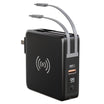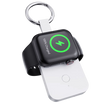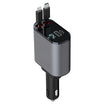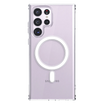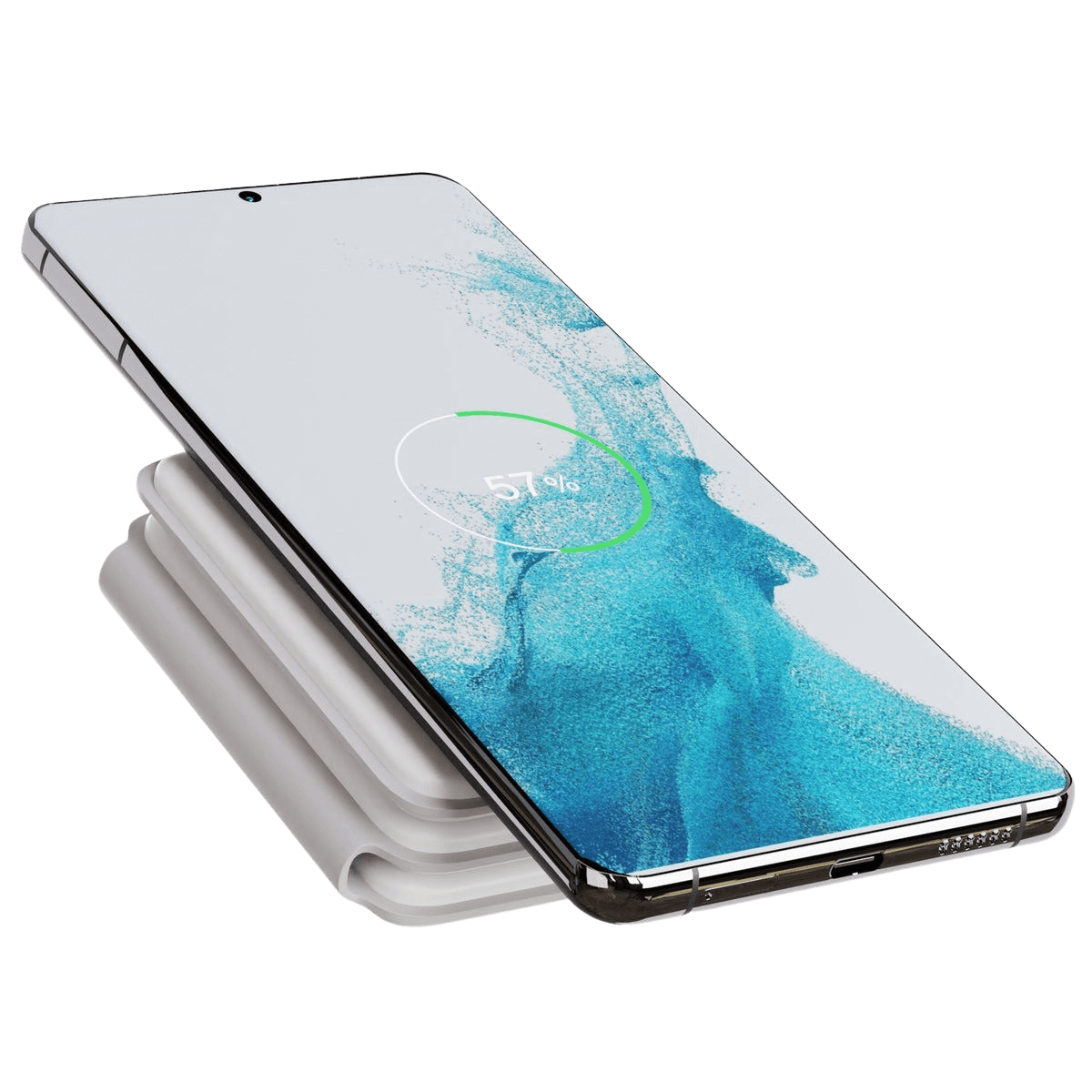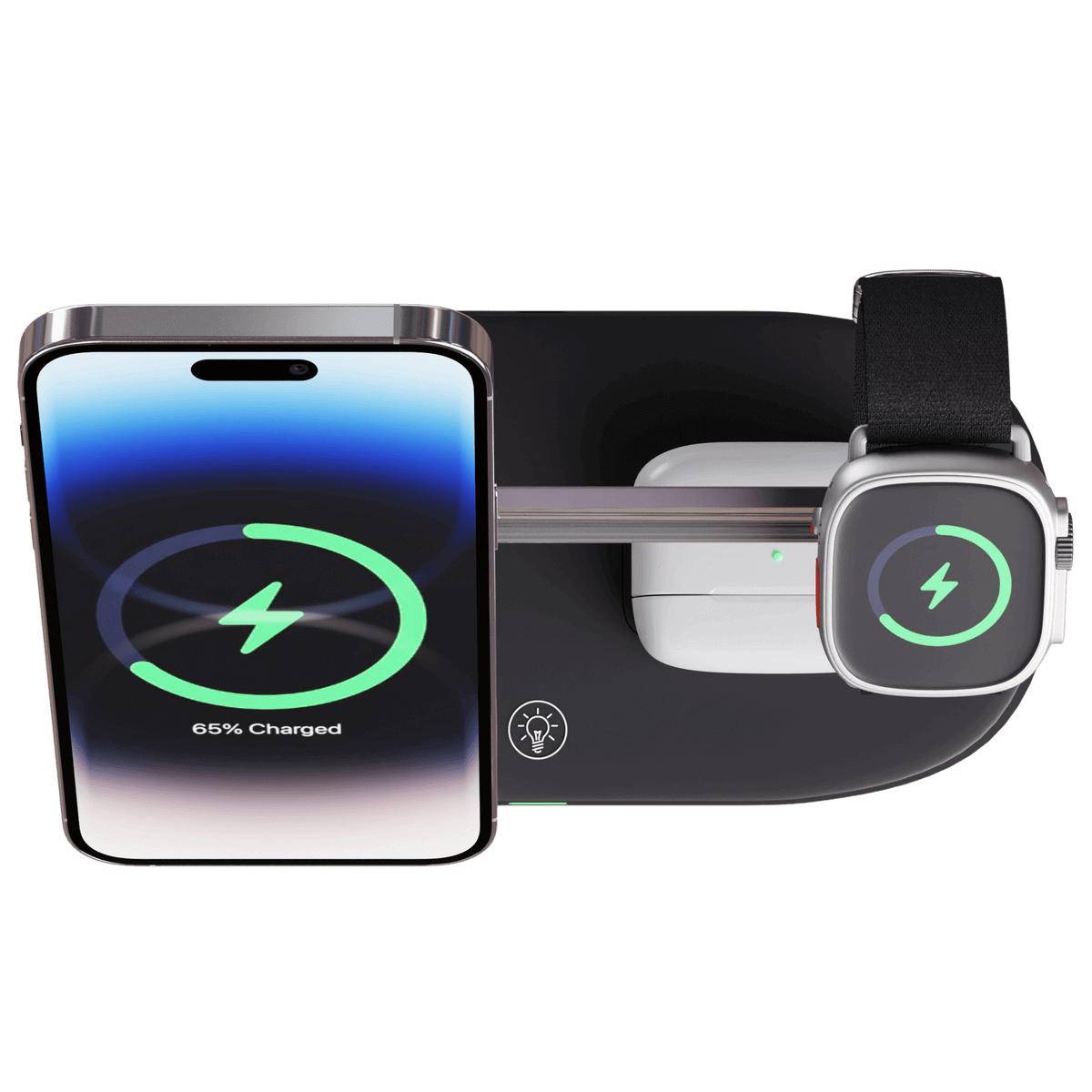Debunking the Myths
The Most Common Myths About Wireless Charging

Despite the fact that wireless charging has been used in consumer products for over a decade, there are still a number of misunderstandings about the technology—particularly concerning its safety—that may deter customers from making the transition. When it comes to some of the most prevalent wireless charging misconceptions, we're separating reality from fiction today.
The Pros of Wireless Charging
Benefits of Wireless Charging
Aside from the apparent advantage of being able to charge your phone by just placing it on a charging pad rather than having to plug it in, users of Qi wireless charging will discover that the technology's benefits much exceed its disadvantages. The following are some of the advantages of wireless charging that may persuade you to make the move.
MagSafe, Wireless, Fast Charging, & More











